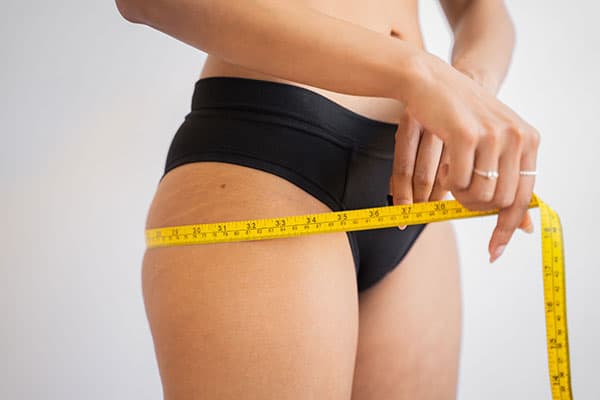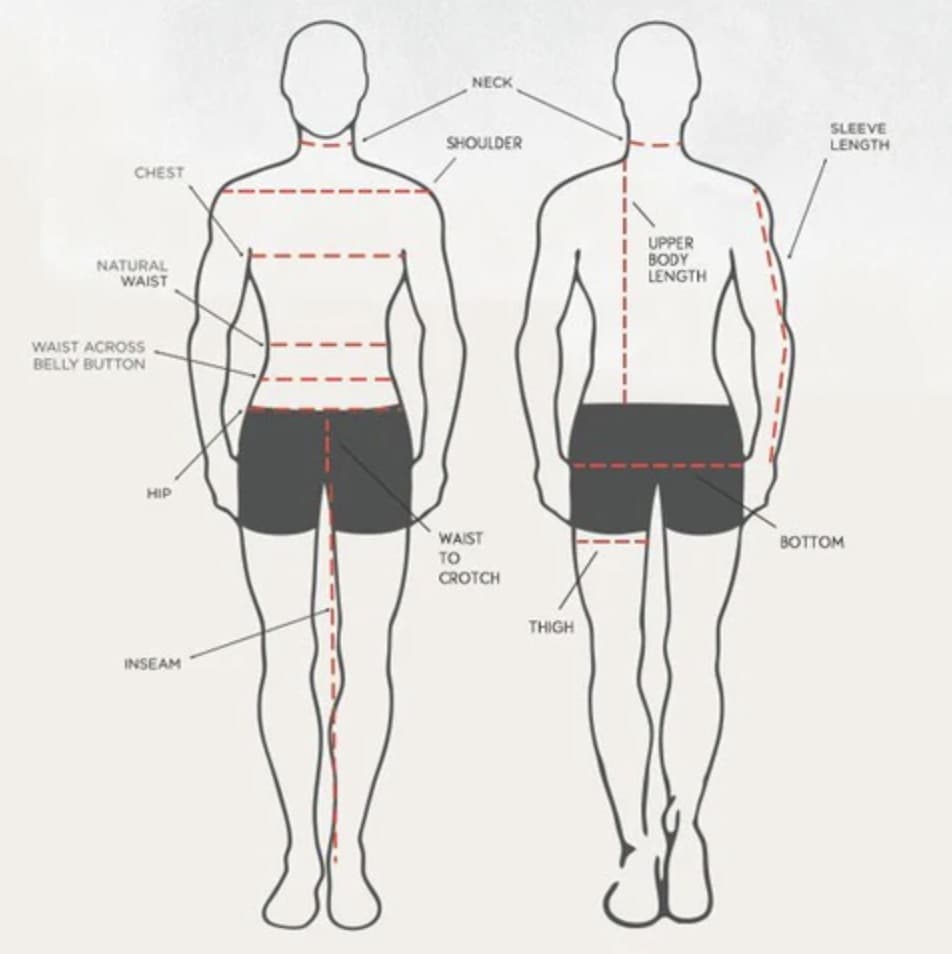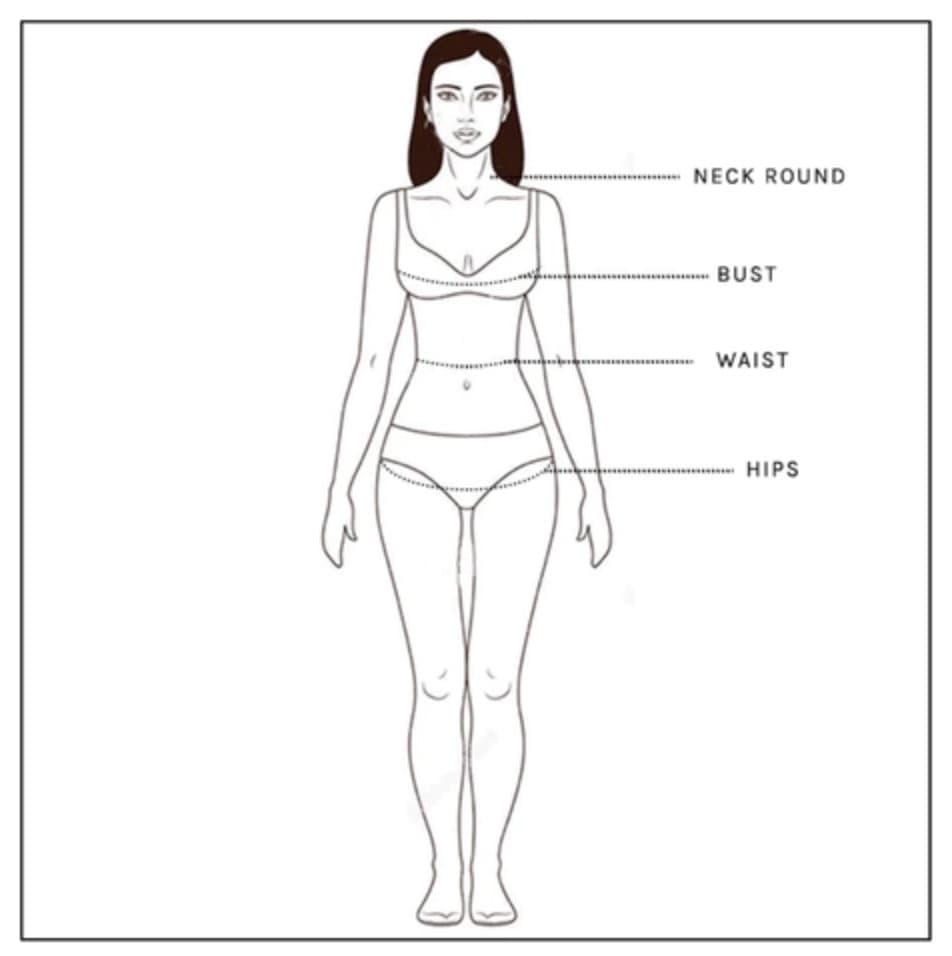Leg to body ratio (LTB):
The average leg to body ratio (LTB) is 0.491. Women have a higher LTB than men.
Table of Contents
What is the leg to body ratio?
The leg-to-body (LTB) ratio is commonly used to evaluate dietary health and wellbeing, particularly in children. Longer leg lengths have been linked to a better health prognosis, including a lower risk of heart disease, diabetes, and cancer, as well as reduced blood pressure and rates of mortality.
From a strictly aesthetic standpoint, this metric is used to assess the desirability among both men and women, with proportionately longer legs typically being favored. You can simply determine your leg-to-body ratio at home with the help of a measuring tape and a calculator. The easiest way to do this is using the leg to body ratio calculator.
What is a normal leg to body ratio?
The average leg-to-body ratio for women is around 1.124, whereas for men, it was 1.123. In both cases, this means that the legs are slightly longer in proportion to the body.
If we represent the same information as a leg to height ratio, the average for both men and women would be around 0.529.
How to measure your leg to body ratio
To measure your leg to body ratio, just follow these 4 easy steps:
- Measure your height in centimeters
- Measure your torso length in centimeters
- Subtract the torso length from your height
- Divide the result by your height
Your leg to body ratio is the result of this calculation.
What is the leg to body ratio formula?
The leg to body ratio formula can be written as:LTB = (Height - Torso Length) / Height
Sometimes you may hear the leg-to-body ratio being referred to as the leg to height ratio. It is important to note that both terms are used interchangeably and use the same formula.
There are also alternatives to using this calculator. For example, both the waist to height ratio and the waist to hip ratio are similar in determining your health, and are often said to be more accurate than the BMI calculator. However, each of these health calculators are useful in determining your general health.
Why calculate body proportions?
Calculating body proportions is a good way to get a better understanding of your body shape. This is often done by measuring your leg height in comparison with your torso height. When measuring body shape in women, it is normal to record bust, waist and hip size to determine a standard body shape.
Why do body measurements matter?
Calculating body proportions is a good way to get a better understanding of your body shape. This is often done by measuring your leg height in comparison with your torso height. One of the key reasons people measure their body shape is to get a better understanding of what clothes look good on them.
What are good body measurements for men?
- Waist - Between 45% and 47% of the man's height
- Chest - Between 10 to 12 inches greater than the waist
- Arms - Same size as the circumference of the neck
- Shoulders - Aproximately 1.618 bigger than the waist
What are good body measurements for women?
The hourglass body shape is often described as being the ideal body shape for women, with the bust and hips being equal size and a slimmer waist at the center of the hourglass. The specific body proportions for the hourglass shape are stated as 36-24-36 in inches (or 90-60-90 cm).
- Bust - Around 90cm (or 24 inches) for ideal "hour glass" shape
- Waist - Ideally around 66% of the bust size
- Hips - About the same size as the bust size for the ideal shape

What body proportions look best?
Mathematicians have been examining what constitutes accuracy and perfection since Ancient Greece. This led to the development of a measurement formula that produces the ratio 1: 1.618, commonly referred to as The Golden Ratio.
The Golden Ratio can be found throughout the human body, from the length of the arms and legs relative to the torso, and it appears to indicate what proportions look best, or most appealing.


FAQS
The average persons has a leg length measuring 52.9% of their height.
For the average person, their legs would be slightly longer than their torso. The average leg to height ratio for both men and women is around 0.529. This means that their legs make up approximately 52.9% of their body.
On average, a person's legs is slightly longer than their torso. The average leg to height ratio is around 0.529, which means that their legs make up around 52.9% of their body height.
In general, the leg length of the average person should be around 52.9% of their entire body height.
The average leg-to-body ratio for women is around 1.124, whereas for men, it is 1.123. This means that a person's legs are slightly longer than their torso.
- Waist - Between 45% and 47% of the man's height.
- Chest - Between 10 and 12 inches greater than the waist.
- Arms - Same size as the circumference of the neck
- Shoulders - Approximately 1.618 bigger than the waist.